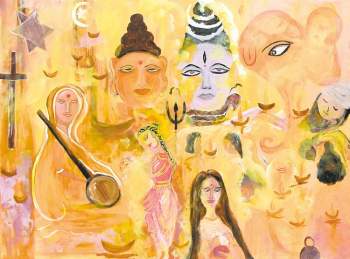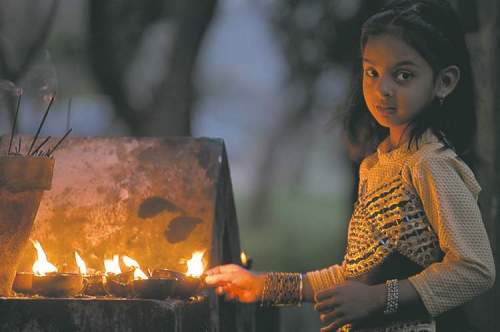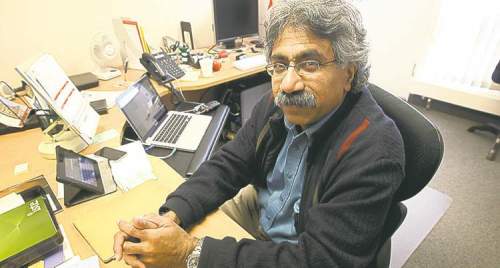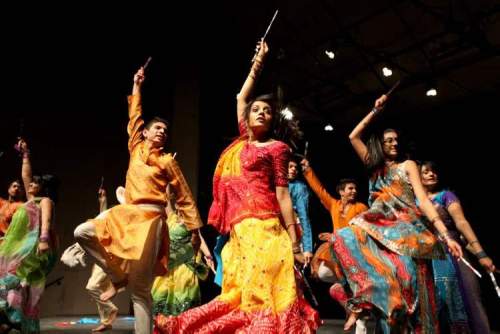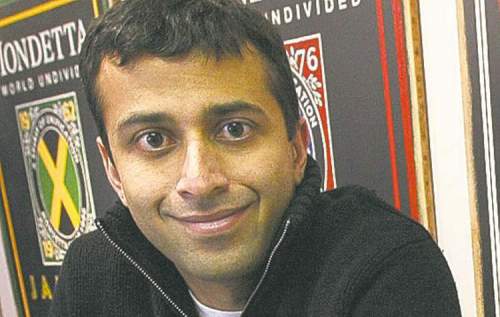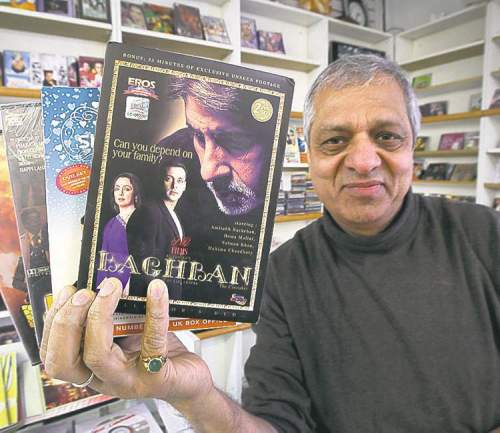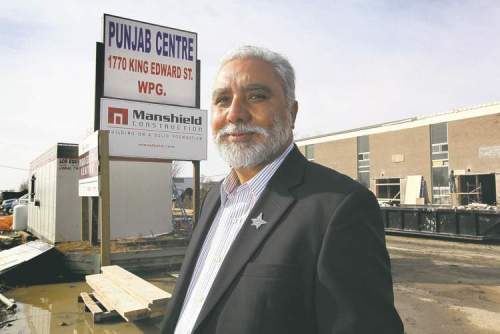South Asia
Beautiful connections
6 minute read Saturday, Mar. 31, 2012People often ask why it is that we are so passionately tied to Indian art even when we have lived in Canada for several decades. The arts thrive in Indian culture and our culture lives through the arts. It is an eternal circle!
In Hinduism, everything is sacred so how could our traditions, culture and arts not be? Our loyalty to our spirituality, culture and traditions will always be there no matter how long we have been in Canada.
Art is a universal language. With all the diverse cultures, languages and faiths in the Indian sub-continent, the arts play a very important role in depicting Indian philosophy and educating the masses.
Artists, enact, sing, dance, weave, paint and sculpt the entire story of Ramayana in fabrics, stone and on paper. The Geet Gobind paintings, art and sculpture of Ajanta and Ellora caves, the carvings of Khajurao temples, the Shiva Lingam in Hindu temples, bravely depict the sacred union between male and female and between humans and the Divine. Hinduism being a way of life, it has no taboos about the realities of life.
Advertisement
Arranged marriages misunderstood in the West
3 minute read Preview Saturday, Mar. 31, 2012She turned her passion into a successful business
4 minute read Preview Saturday, Mar. 31, 2012Something to talk about
3 minute read Preview Saturday, Mar. 31, 2012Recognize yoga’s Hindu roots
5 minute read Preview Saturday, Mar. 31, 2012India must get its magic back
6 minute read Preview Saturday, Mar. 31, 2012He travels the world looking for Lost Prizes
3 minute read Preview Saturday, Mar. 31, 2012Our City, Our World: South Asian equation
21 minute read Preview Saturday, Mar. 31, 2012Profiles of our South Asian community
15 minute read Preview Saturday, Mar. 31, 2012It’s an Indo (hyphen) world
5 minute read Preview Saturday, Mar. 31, 2012Bollywood ending
4 minute read Preview Saturday, Mar. 31, 2012Finding Ganga in the Assiniboine
5 minute read Preview Saturday, Mar. 31, 2012Faith, family, football: Bombers’ Khan has his priorities straight
5 minute read Preview Saturday, Mar. 31, 2012Portage dentist sends SOS to rescue India’s wildlife
4 minute read Preview Saturday, Mar. 31, 2012After more than a decade, Punjab Cultural Centre to open this fall
3 minute read Preview Saturday, Mar. 31, 2012Sisters make traditional dance relevant
3 minute read Preview Saturday, Mar. 31, 2012LOAD MORE


